If you click on a link and make a purchase we may receive a small commission. Read our editorial policy.
Fallen kingdoms: The crossovers (real and imagined) between Planet of the Apes and Kamandi: The Last Boy on Earth
Did Jack Kirby's 1972 comic book classic come about as a result of the 1968 Planet of the Apes movie?

Popverse's top stories
- Frank Miller redefined Batman and Daredevil - and now he wants to do the same to you
- Chainsaw Man season 2 is where the show finally gets really weird [Popverse Jump]
- Bridgerton Seasons 1–3 recap: Everything to know before Season 4’s release
If anecdotal comic book history is to be believed, Jack Kirby’s 1970s comic book series Kamandi: The Last Boy on Earth is the result of then-DC publisher Carmine Infantino looking at the success of the 1960s movie Planet of the Apes and asking for something just like it… but different enough that there wouldn’t be enough space for any copyright concerns should lawyers look into things.

On the face of it, this at least sounds plausible: Planet of the Apes was enough of a big hit when it hit theaters in 1968 that it spawned annual sequels starting in 1970 and running through 1973, before moving to television in 1974 for a one-season live-action spin-off, and a subsequent animated series. Why wouldn’t some publisher want a piece of that action, especially if it was (a) technically “original” enough to be owned outright by the company, and (b) created by one of the most beloved comic creators of all time? Kamandi, which debuted in late 1972, would fit right into that timeline in such a way to support the theory that the strip would be inspired by the Apes movies.
Of course, that conclusion could also be reached by a surface reading of the comic itself: Kamandi is the one of a small number of humans left after a purposefully vague “Great Disaster” that has not only eradicated mankind, but resulted in apes gaining human characteristics — along with many other animals, including tigers and dogs and everything else — with a front cover on the first issue that features a decaying Statue of Liberty, echoing the iconic visual reveal from the 1968 movie. How could this be anything but a knock-off of Planet of the Apes?
Except, of course, it’s not. Ignoring the fact that Jack Kirby as a writer and artist was never one to simply ape someone else’s ideas, pun intended, and for all that Kamandi might echo ideas from Planet of the Apes (post-apocalypse, talking animals, using the whole thing as an excuse for an anthropomorphized satire on moments from human history, and human behavior in general), he spins those ideas in entirely different directions, providing something that is entirely different in tone — more “daring adventure” than Planet of the Apes, more filled with excitement and, dare I say it, more filled with hope — and, ultimately, something that is intended for a different audience and a different overall purpose. Kamandi is a story not about man’s inhumanity towards man and the corruptive effects of authority and societal systems, but instead about the possibility of a brighter tomorrow and the discovery of something new.

(For some of us — I’m including me in this collective — Kamandi is the better story, because it’s so optimistic; it’s truly post-apocalyptic in the best sense of the term, moving on from the end of the world towards something else.)
There’s another part to this story, however, which is… Kamandi really isn’t a rip-off of Planet of the Apes. While Carmine Infantino might have greenlit the idea because of the success of the 1968 movie and its follow-ups — something that the always pop-culture conscious Kirby would also have been aware of — Kamandi as it exists is actually Kirby revisiting two earlier ideas from his own career. Kirby himself had come up with a post-human world where talking, humanoid animals ruled the Earth in ‘The Last Enemy,’ a sci-fi story he’d created for Harvey Comics’ Alarming Tales all the way back in 1957, six years before the publication of the novel Planet of the Apes was based on. (There is, however, no evidence that Pierre Boulle’s La Planète des singes was influenced by Kirby, as much as it would be fun to close that particular loop.)
As for the name of his 1972 creation, well, he had that lying around already, as well; around the same time as ‘The Last Enemy,’ Kirby had famously tried to get into the newspaper strip game — one of his unsuccessful, unpublished efforts was an adventure strip titles ‘Kamandi of the Caves.’ If nothing else, it’s a wonderfull catchy name.
It’s not that Kamandi: The Last Boy on Earth didn’t profit from the success of Planet of the Apes — as said above Infantino was almost certainly swayed to publish the title because of the movie series’ success, and that Statue of Liberty on the front cover is at the very least a knowing nod to the movies and a signifier for fans to maybe pick up the comic, just in case. But “inspired by” feels like a stretch, and “ripped off from” feels even less true. Kamandi was an original in all the ways that matter… and enough of an individual that we can only dream of how well he’d adjust to the scarred world where apes have survived and thrived in the aftermath of humanity.
Get ready for the end of the world with our guide to best dystopian TV shows of all time, a guide to how to watch/play the entire Fallout saga, and how to watch the Mad Max & Furiosa saga.
Follow Popverse for upcoming event coverage and news
Find out how we conduct our review by reading our review policy
Let Popverse be your tour guide through the wilderness of pop culture
Sign in and let us help you find your new favorite thing.


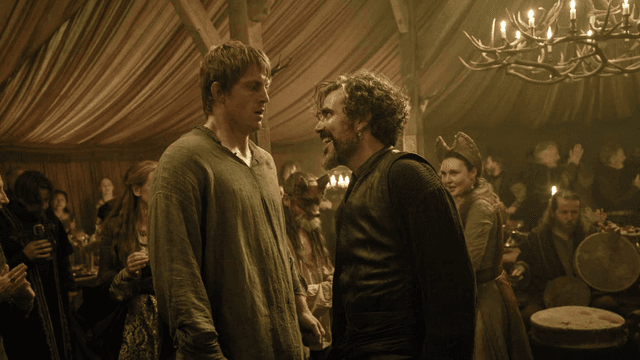


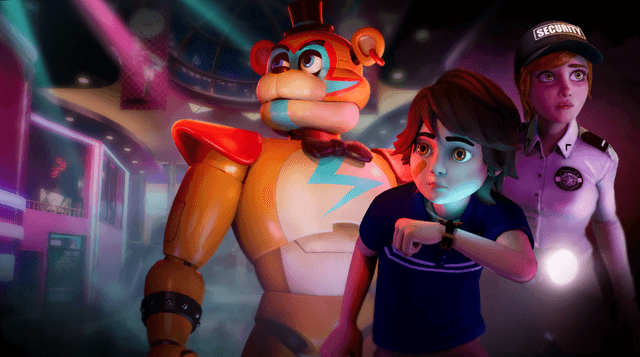
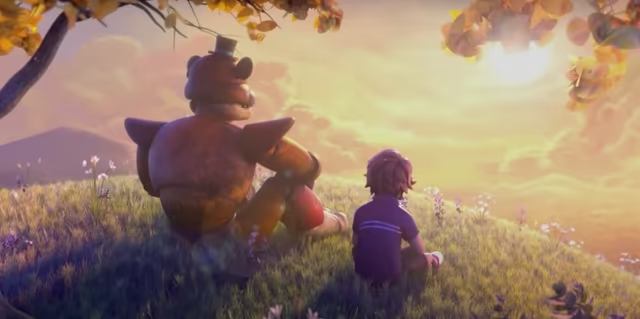
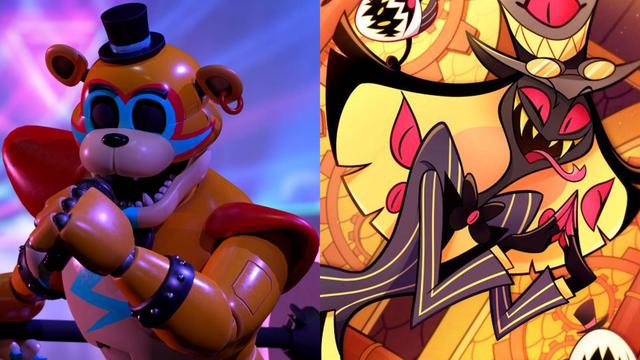

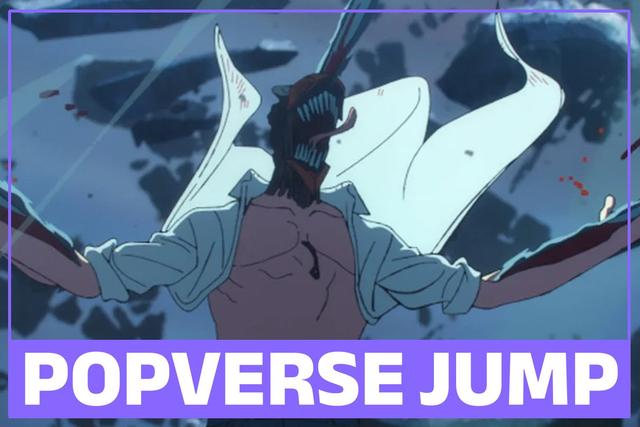






Comments
Want to join the discussion? Please activate your account first.
Visit Reedpop ID if you need to resend the confirmation email.